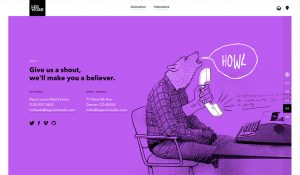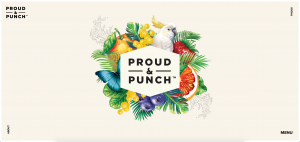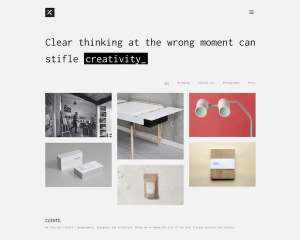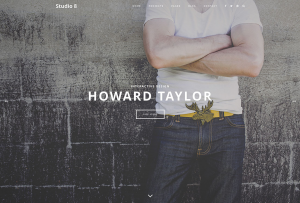MooCow is an interactive website design agency, based in Brighton & Hove. Since opening its doors in 2006, we have been working hard growing and developing our client base & expertise, offering a dynamic blend of creative thinking, experience and technical know-how. If you’re currently considering working with us, below is a basic guide to what we need from you as a starting point to help create your web page.
– Your company name and a brief list of words relating to your business and industry. For example, we’re a web design company, so we would choose specific words that we want Google to pick up relevant to our business.
– A short description or paragraph about you or your company – who you are, what services you provide, or a little bit about your company history.
– Have a think about what pages you would want to feature on your site and titles for them to appear on a menu. This could be an ‘about us’ section, ‘services’ or ‘portfolio’ etc.
– Drop us a link of an example of a web design style you like, this will give us a better idea visually of the look you are trying to achieve for your site.
– If you’re wanting a specific logo used, send us over a copy that is hi res with a white or transparent background and at least 600 pixels wide. Save this into either a png or jpeg file. For ‘favicons’ your logo will need to be sized to 512×512 pixels. If you want to test drive a new logo, let us know and we can design you a fresh one.
– Any text you want featured on your site, paragraphs about you, your company or the services you provide, send this over too in a word doc or pdf file. If you’re struggling to put together what you’d like to say, don’t worry – our team can help in writing up some dazzling copy personal to your site.
– For images, be sure to pick only hi res images, approx 1500-2000 pixels in size saved into a jpeg or png file. You can also include a title or keyword that describes your images that SEO will pick up easier.
– Make sure to include any contact details you would like featured on your site, this includes a phone number, email address & location so that a customer can call or visit you.
– If you have any links to social media such as a Facebook, Twitter or Instagram page you can attach these too.
– Finally, a link to your RSS Feed/Blog if you currently have one active. If not we can make one for you to add to your site, so let us know if this is something you are interested in. The same goes if you are a business that sells products or other payable online services and would like a shop page included in your site.
The thought of creating a brand new website can be daunting, but don’t worry, our team of experts are here to help make the process quick, simple and stress free and give you all the guidance you need on the way!









